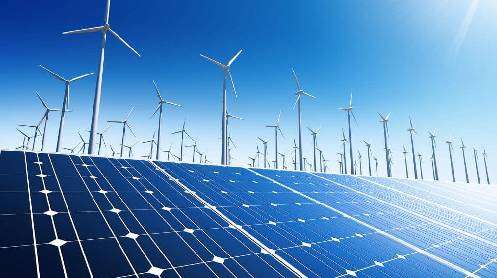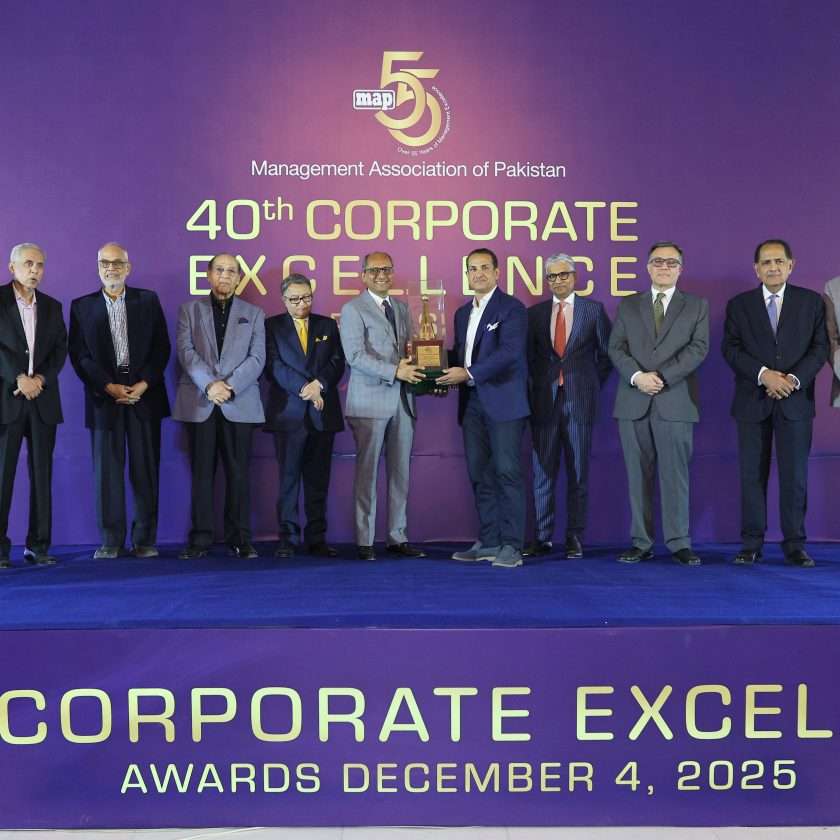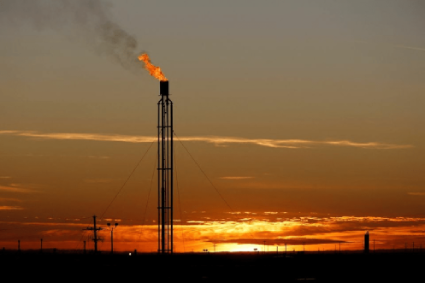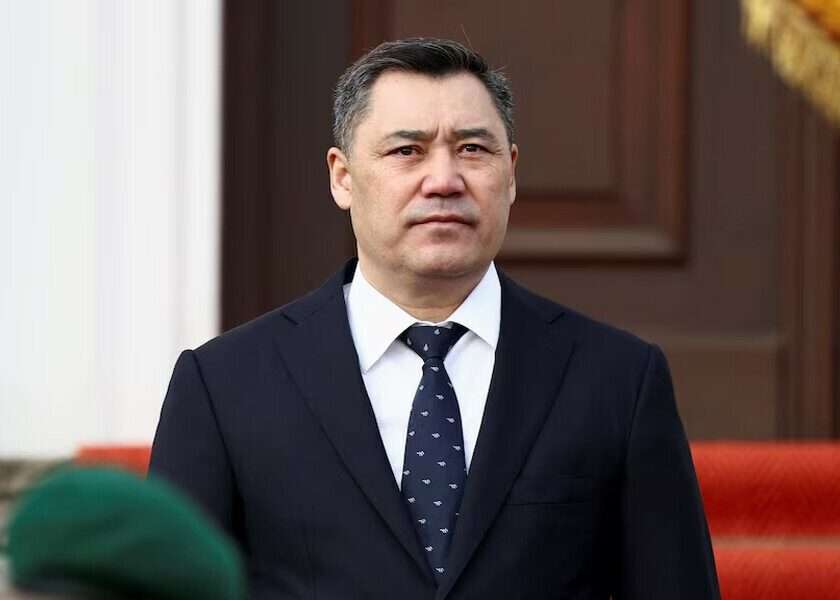KARACHI: Renewables First, a think tank on energy and environment, has launched a new report titled ‘Leader of One or Leader of None – China’s Choice for Clean over Coal in Pakistan’, which examines China’s growing paradox in the Global South: acting as both a clean energy powerhouse and a financier of fossil fuels, with Pakistan serving as a pivotal case study.
America’s withdrawal from the Paris Agreement threw international climate action into uncertainty, raising questions over who, if anyone, might assume global leadership in the fight against climate change. Several de facto contenders have since emerged — though not formal leaders, they are influential players shaping the global energy transition. Paradoxically, the world’s largest carbon emitter — China — has emerged as a dominant force in clean energy manufacturing. It is now supplying much of the world with renewable energy technologies that are essential to combating climate change.
These very technologies have recently triggered a major energy shift in Pakistan, referred to in the report as the ‘solar rush’. Unlike transitions led by government proclamations or boardroom strategies, this shift is happening on rooftops, farms and factory sheds across the country. In just five years, over 39 GW of solar panels
— almost all sourced from China — have entered Pakistan, a volume surpassing three-quarters of the country’s installed generation capacity. Yet this remarkable transformation has gone largely unnoticed globally, and its implications for climate leadership remain underappreciated.
The report explores this transformation in depth, underscoring China’s dual role in the Global South as both a key fossil fuel investor and a leading supplier of solar and wind technologies. It unpacks the dynamics of the Solar Rush, revealing how one of the world’s fastest-growing, people-led solar markets emerged — not through grand strategies — but through open trade, competitive pricing and an influx of affordable technology.
Between 2020 and early 2025, China exported more solar panels to Pakistan than to many G20 countries — over 16 GW in 2024 alone — with momentum continuing to build. However, as solar adoption surged, Chinese-backed coal power plants in Pakistan began to look increasingly like stranded assets. Once considered critical to energy security, these coal plants are now facing drastically reduced utilisation — as low as 4.0 per cent in some cases by 2024. Meanwhile, capacity payments have soared, and grid electricity has become more expensive for remaining consumers.
“China’s solar panels are outcompeting China’s power plants,” said Muhammad Basit Ghauri, lead author of the report. “What we are seeing is an unintentional but profound strategic contradiction. And Pakistan is ground zero for this global experiment in energy disruption.”
At the heart of the report lies a pressing question: Will China embrace its role as the world’s clean energy leader, or will it default to a status quo that leaves its investments at risk and its global leadership unfulfilled?
The report emphasises that while the opportunity for leadership remains, it is quickly diminishing. With decentralised solar now displacing centralised power generation, Pakistan’s needs have evolved. It now requires not only panels but also storage solutions, grid upgrades, local manufacturing, financial instruments, and a roadmap to transition away from stranded coal assets.
Pakistan may be the first country to witness such a large-scale clash between legacy coal and decentralised solar, but it will not be the last. If China navigates this challenge successfully, it could not only lead Pakistan’s energy transition but also cement its role as architect of a new energy paradigm for the Global South — one that is rapid, equitable and truly transformative.







